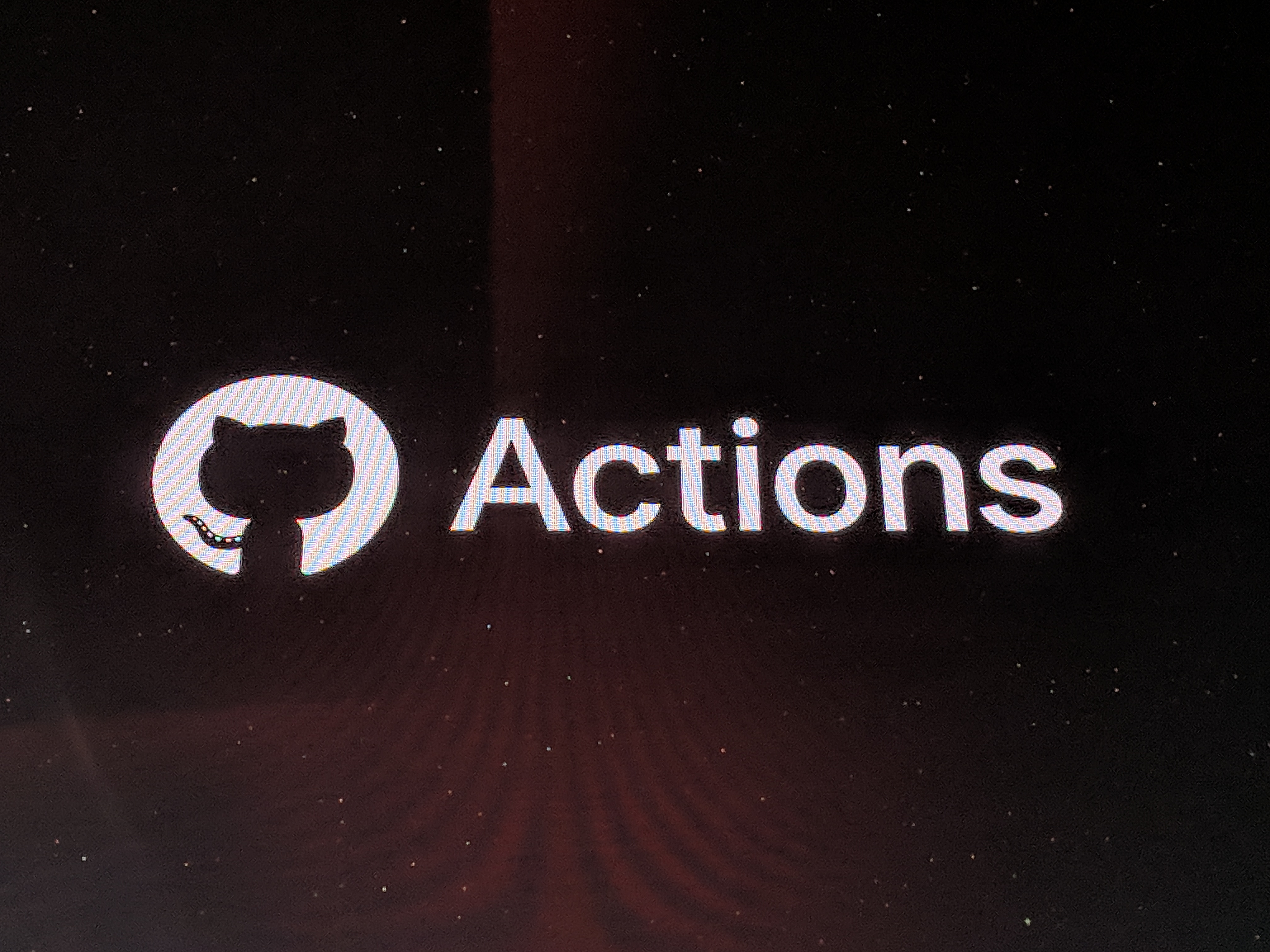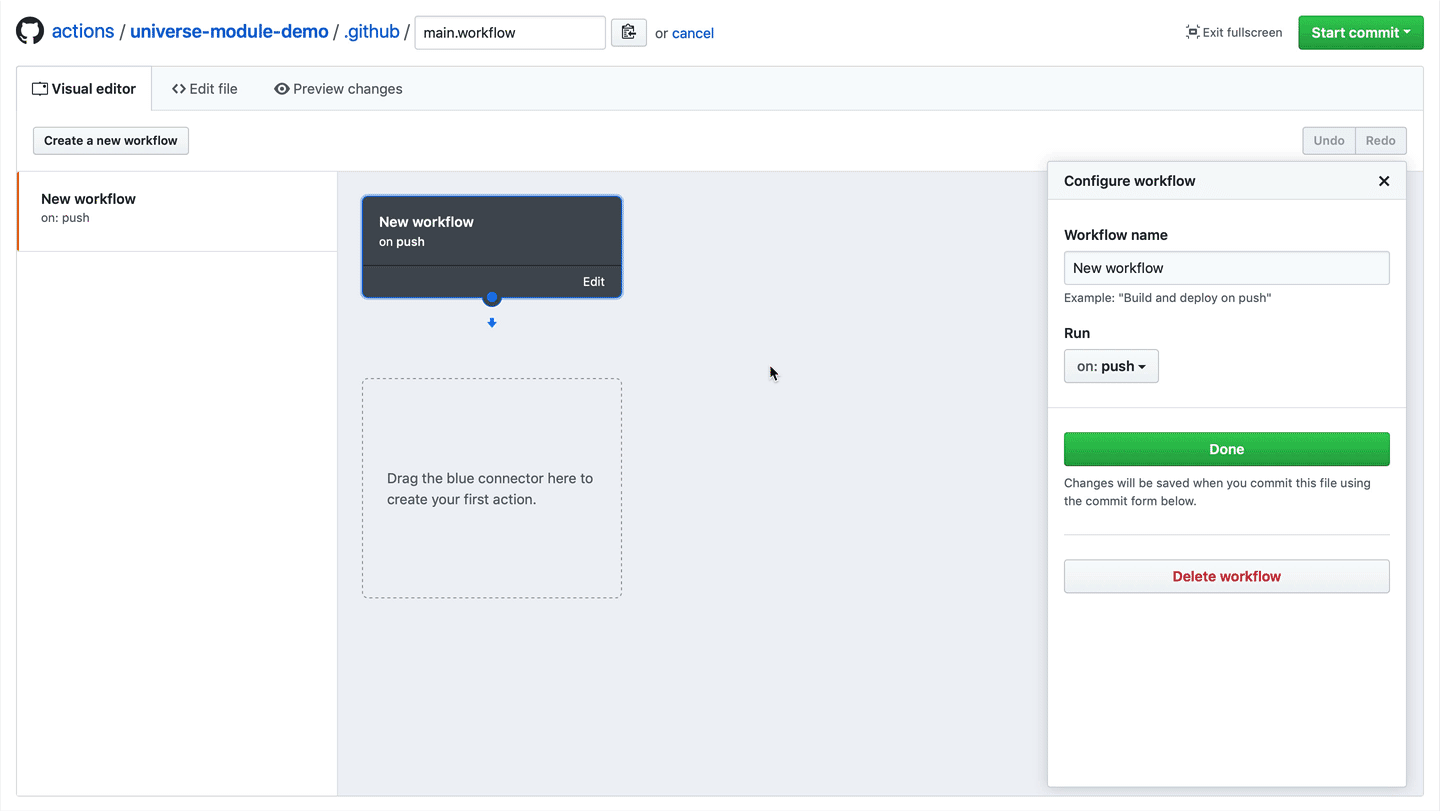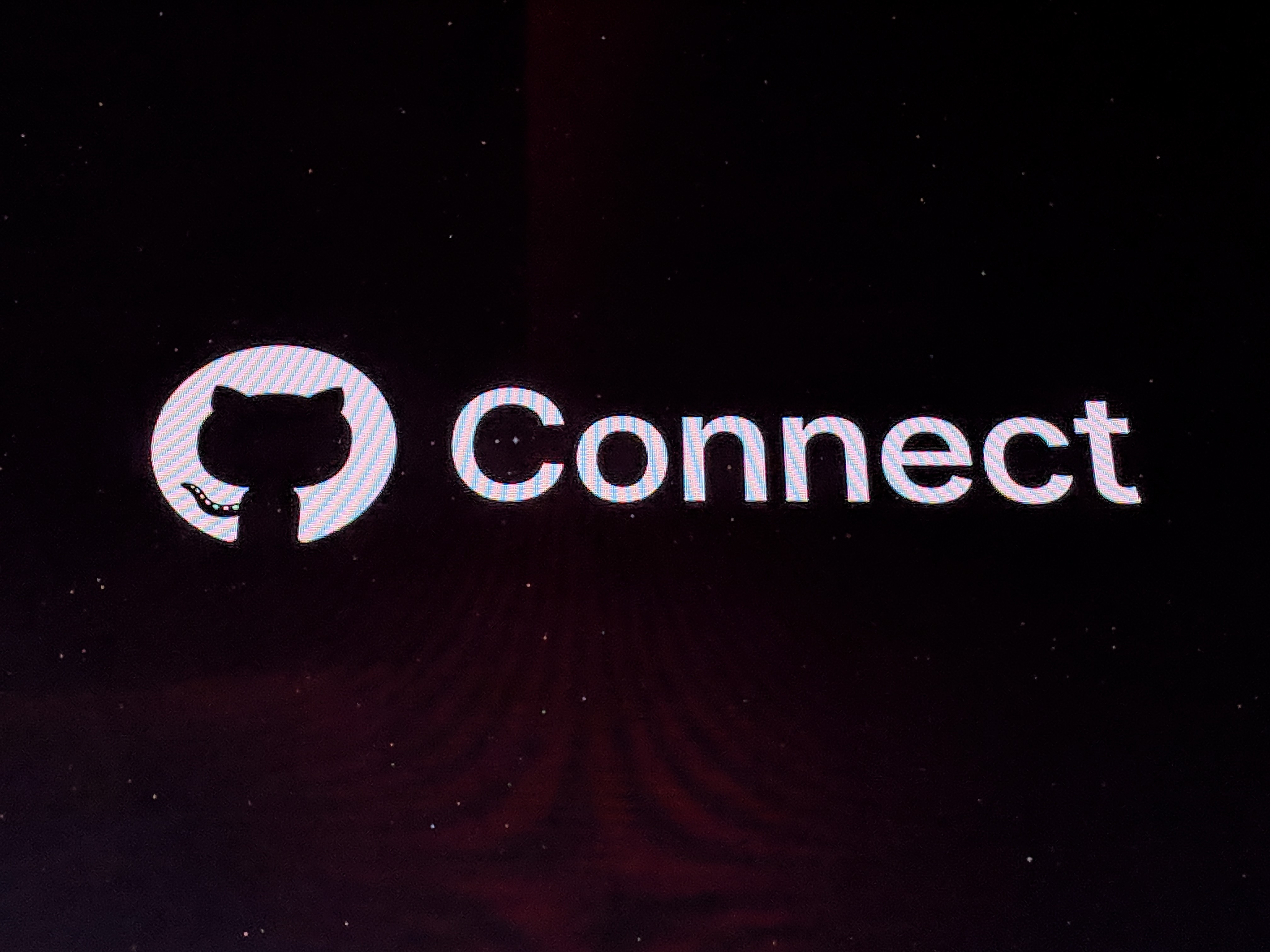Music
Trailers
DailyVideos
India
Pakistan
Afghanistan
Bangladesh
Srilanka
Nepal
Thailand
StockMarket
Business
Technology
Startup
Trending Videos
Coupons
Football
Search
Download App in Playstore
Download App
Best Collections
Technology
If you&ve been laying off the Pokémon GO for a while due to a lack of new monsters, prepare to be glued to your phone again. Niantic is now adding pokémon from the rugged Sinnoh region that first appeared in 2007Diamond, Pearl and Platinum games.
Of course, itnot so simple as a dump of a hundred new ‘mon into your area. The new guys are arriving in waves, likely meaning the most common sorts will start appearing today, while cooler ones and sets of themed critters will arrive over the coming weeks.
These are part of the Generation 4 set, but itnot clear yet which will be appearing first or indeed at all. Itentirely up to Niantic and you can be sure they&re going to mete out these little guys over several months, interspersed with other events — anything to keep you catching.
Everyone will probably have a Chimchar on their shoulder soon, because that sucker is cute, but ultimately everyone is going to want a Dialga. I get the feeling they&re going to be a regular feature at gyms soon. I for one will be working to evolve a Glaceon.
There are also some new evolutions, so don&t trash your mid-tier pokémon just yet. Magmortar, Electivire, Tangrowth and Rhyperior mean you&ll have a use for all that extra candy.
Update your app and start draining that battery, Trainer! And don&t forget that we&ve got Niantic Ross Finman at our AR/VR Session in LA this Thursday. Drop by if you&re in the area.
- Details
- Category: Technology
Read more: Pokémon GO update bringing 'mon from the Sinnoh region is live
Write comment (98 Comments)Arm-based chips are ubiquitous today, but the company isn&t resting on its laurels. After announcing its ambitions for powering more high-end devices like laptops a few months ago, the company today discussed its roadmap for chips that are dedicated to internet infrastructure and that will power everything from high-performance servers to edge computing platforms, storage systems, gateways, 5G base stations and routers. The new brand name for these products is ‘Neoverse& and the first products based on this IP will ship next year.
Arm-based chips have, of course, long been used in this space. What Neoverse is, is a new focus area where Arm itself will now invest in developing the technologies to tailor these chips to the specific workloads that come with running infrastructure services. &We&ve had a lot of success in this area,& Drew Henry, Arms& SVP and GM forInfrastructure, told me. &And we decided to build off that and to invest more heavily in our R-D from ourselves and our ecosystem.&

As with all Arm architectures, the actual chip manufacturers can then adapt these to their own needs. That may be a high core-count system for high-end servers, for example, or a system that includes a custom accelerator for networking and security workloads. The Neoverse chips themselves have also been optimized for the ever-changing data patterns and scalability requirements that come with powering a modern internet infrastructure.
The company has already lined up a large number of partners that include large cloud computing providers like Microsoft, silicon partners like Samsung and software partners that range from RedHat, Canonical, Suse and Oracle on the operating system side to container and virtualization players like Docker and the Kubernetes team.
Come 2019, Arm expects that Neoverse systems will feature 7nm CPUs. By 2020, it expects that will shrink to 5nm. Whatmore important, though, is that every new generation of these chips, which will arrive at an annual cadence, will be 30 percent faster.
- Details
- Category: Technology
Read more: Arm launches Neoverse, its IP portfolio for internet infrastructure hardware
Write comment (97 Comments)For the longest time, GitHub was all about storing source code and sharing it either with the rest of the world or your colleagues. Today, the company, which is in the process of being acquired by Microsoft, is taking a step in a different but related direction by launching GitHub Actions. Actions allow developers to not just host code on the platform but also run it. We&re not talking about a new cloud to rival AWS here, but instead about something more akin to a very flexible IFTTT for developers who want to automate their development workflows, whether that is sending notifications or building a full continuous integration and delivery pipeline.
This is a big deal for GitHub . Indeed, Sam Lambert, GitHubhead of platform, described it to me as &the biggest shift we&ve had in the history of GitHub.& He likened it to shortcuts in iOS — just more flexible. &Imagine an infinitely more flexible version of shortcut, hosted on GitHub and designed to allow anyone to create an action inside a container to augment and connect their workflow.&

GitHub users can use Actions to build their continuous delivery pipelines, and the company expects that many will do so. And thatpretty much the first thing most people will think about when they hear about this new project. GitHubown description of Actions in todayannouncement makes definitely fits that bill, too. &Easily build, package, release, update, and deploy your project in any language—on GitHub or any external system—without having to run code yourself,& the company writes. But itabout more than that.
&I see CI/CD as one narrow use case of actions. Itso, so much more,&Lambert stressed. &And I think itgoing to revolutionize DevOps because people are now going to build best in breed deployment workflows for specific applications and frameworks, and those become the de facto standard shared on GitHub. […] Itgoing to do everything we did for open source again for the DevOps space and for all those different parts of that workflow ecosystem.&

That means you can use it to send a text message through Twilio every time someone uses the ‘urgent issue& tag in your repository, for example. Or you can write a one-line command that searches your repository with a basic grep command. Or really run any other code you want to because all you have to do to turn any code in your repository into an Action is to write a Docker file for it so that GitHub can run it. &As long as there is a Docker file, we can build it, run in and connect it to your workflow,& Lambert explained. If you don&t want to write a Docker file, though, therealso a visual editor you can use to build your workflow.
As Corey Wilkerson, GitHubhead of product engineering also noted, many of these Actions already exist in repositories on GitHub today. And there are now over 96 million of those on GitHub, so that makes for a lot of potential actions that will be available from the start.
With Actions, which is now in limited public beta, developers can set up the workflow to build, package, release, update and deploy their code without having to run the code themselves.
Now developers could host those Actions themselves — they are just Docker containers, after all — but GitHub will also host and run the code for them. And that includes developers on the free open source plan.
Over time — and Lambert seemed to be in favor of this — GitHub could also allow developers to sell their workflows and Actions through the GitHub marketplace. For now, thatnot an option, but it itdefinitely thatsomething the company has been thinking about. Lambert also noted that this could be a way for open source developers who don&t want to build an enterprise version of their tools (and the sales force that goes with that) to monetize their efforts.
While GitHub will make its own actions available to developers, this is an open platform and others in the GitHub community can contribute their own actions, too.
GitHub will slowly open Actions to developers, starting with daily batches for the time being. You can sign up for access here.
In addition to Actions, GitHub also announced a number of other new features on its platform. As the company stressed during todayevent, itmission is to make the life of developers easier — and most of the new features may be small but do indeed make it easier for developers to do their jobs.

So what else is new GitHub Connect, which connects the silo of GitHub Enterprise with the open source repositories on its public site, is now generally available, for example. GitHub Connect enables new features like unified search, that can search through both the open source code on the site and internal code, as well as a new Unified Business Identity feature that brings together the multiple GitHub Business accounts that many businesses now manage (thanks, shadow IT) under a single umbrella to improve billing, licensing and permissions.
The company also today launched three new courses in its Learning Lab that make it easier for developers to get started with the service, as well as a business version of Learning Lab for larger organizations.
Whatmaybe even more interesting for developers whose companies use GitHub Enterprise, though, is that the company will now allow admins to enable a new feature that will display those developers& work as part of their public profile. Given that GitHub is now the de facto resume for many developers, thata big deal. Much of their work, after all, isn&t in open source or in building side projects, but in the day-to-day work at their companies.

The other new features the company announced today are pretty much all about security. The new GitHub Security Advisory API, for example, makes it easier for developers to find threads in their code through automatic vulnerability scans, while the new security vulnerability alerts for Java and .NET projects now extend GitHubexisting alerts to these two languages. If your developers are prone to putting their security tokens into public code, then you can now rest easier since GitHub will now also start scanning all public repositories for known token formats. If it finds one, it&ll alert you and you can set off to create a new one.
- Details
- Category: Technology
Read more: GitHub launches Actions, its workflow automation tool
Write comment (91 Comments)Medtronic, a maker of medical devices and implants, has pulled the plug on its internet-based software update system, which security researchers had found had a dangerous security vulnerability
The company said in a notice this week that itswitching off the software distribution network after researchers found that a hacker could update the pacemakersoftware with malicious software that could manipulate the impulses that regulate a patientheartbeat. The researchers, Jonathan Butts and Billy Rios, revealed the vulnerability at the Black Hat conference in August, more than a year after first reporting the vulnerability to Medtronic.
The bug isn&t within the pacemaker itself but the devices that are used by doctors to connect to the pacemaker to check its battery and status. These &programmer& devices weren&t checking if downloaded software hadn&t been tampered with.
Medtronic issued several updates throughout the year to try to mitigate the vulnerability, but only this month shut down the internet updating feature, per a security advisory issued by the Federal Drug Administration.
Now, patients with one of the 34,000 CareLink affected programmers will have to receive the update over USB from their doctor when new software is released, according to Medtronicstatement.
Ita turnaround from how the medical device maker reacted when the flaws were firstreported. Butts said at the time that the company &spent more time trying to twist the story than fixing it.&
Medtronic said that itnot received any reports to date of anyone exploiting the vulnerabilities.
- Details
- Category: Technology
Read more: Medical device maker Medtronic finally fixes its hackable pacemaker
Write comment (96 Comments)Facebook has announced it rolled out a system of checks on political advertisements operate on its platform in the UK which requires marketers to confirm their identity and place to try to make it harder for foreign stars to meddle in domestic elections and referenda. This follows comparable rollouts of political ad openness tools in the U.S. and Brazil. From today, Facebook stated it will tape and display details about who paid for political advertisements to work on its platform in the UK within an Advertisement library —-- including retaining the ad itself —-- for & approximately 7 years &. It will also badge these advertisements with a & Paid for by & disclaimer. So had the business had this system up and running during the UK2016 Brexit referendum, the Canadian information company AIQ would, most likely, have actually needed to pass its political marketer confirmation process, and show & Paid for by & Vote Leave/BeLeave/Veterans for Britainbadges on scores of pro-Brexit ads & hellip; If it didn & t just get disallowed for not being based in the UK in the very first location. ( How extensively Facebook will be looking into political advertisers & ‘& lsquo; spent for by & claims is one important question to ask, and we have actually asked; otherwise this looks mainly like a badging workout —-- which needs other doing the work to check/police claims & hellip; ). Ditto throughout Irelandreferendum previously this year, on overturning a constitutional restriction on abortion. Because instance Facebook chose tosuspend all foreign-funded ads a couple of weeks before the votebecause it did not yet have a political advertisement check system in place. In the UK, the new requirement on political advertisers uses to & all marketers wanting to run ads in the UK that reference political figures, political parties, elections, legislation before Parliament and previous referenda that are the topic of nationwide dispute &, Facebook said. & We see this as an important part of guaranteeing electoral stability and assisting people comprehend who they are engaging with, & said Richard Allan, VP of international public law, andRob Leathern, director of product management in a blog site postannouncing the launch. & We acknowledge that this is going to be a substantial modification for people who use our service to release this kind of ad. While the huge bulk of ads on Facebook are run by legitimate organisations, we understand that there are bad actors that attempt to misuse our platform. By having people confirm who they are, our company believe it will assist avoid abuse. &. UK legislators have actually been extremely critical of Facebookresponse to their attempts to investigate how social media ads were used and mis-used during the UK2016 EU referendum. This summertime the parliamentary committee that has actually been investigating online disinformation required a levy on social networks to ‘& lsquo; safeguard democracy &. Andearlier this yearFacebook told the very same committee it would roll out an authentication process for political advertisers in time for the UKlocal elections, in May 2019 —-- with CTO Mike Schroepfer telling MPs the company thinks & radical openness & can repair issue about the social and democratic effects of dissentious social media ads. In reaction, MPs quizzed Schroepfer on whether Facebookpolitical advertisement openness tool would be so extreme as to consist of & targeting data & in the disclosures —-- i.e. & will I comprehend not just who the marketer was and what other adverts they & d run however why they & d picked to promote to me &. The Facebook CTOresponse in April recommended the business did not strategy to go that far. And, undoubtedly, Facebook says now that the details it will divulge in the Advertisement library are just: & A range of the adbudget and number of people reached, and the other ads that Page is running. &. So not, apparently, any actual targeting data: Aka the specific reasonsa particular user is seeing a particular political ad. Which might assist Facebook users contextualize political ads and be wiser to attempts to control theiropinion, as well as usually better comprehend how their personal information is being used (and possibly misused). Ittrue that Facebook does already supply some information about broad-brush targeting, with a per-ad option users can click to get a response on ‘& lsquo; why am I seeing this &. But the targeting classifications the business serves by means of this function are so broad and doing not have in comprehensiveness regarding be selectively uninformative and hence quite ineffective at best. The outcomes have actually even been implicated of being misleading. If Facebook was required by law to rip away its adtech modesty curtain totally therea risk, for its business model, that users would get terribly creeped out by the full bore view of the lidless eye in the digital wall spying on them to target advertisements. So whileSchroepfer teased UK MPs with & extreme openness & the reality, 6 months on, is something a great deal more water down and incremental. Facebook itself appears to be conceding as much, and trying to manage expectations, when it composes: & We believe that increased transparency will lead to increased accountability and responsibility with time —-- not just for Facebook however for advertisers as well. &. It stays to be seen whether UK lawmakers will be pleased with this tidbit.Or call for blood, as they set themselves to the task of managing social media. The other issue is how comprehensively (or otherwise) Facebook will police its own political advertisement checks. Its functional historic is packed with content identification and moderation failures. Which doesn & t precisely bode well for the company to robustly manage destructive attempts to alter popular opinion —-- especially when the marketers in concern are at the same time attempting to put cash into its coffers. So it also stays to be seen the number of dissentious political ads will simply slip under its radar —-- i.e. through the non-political, non-verified standard route, and get distributed anyway. Not least because there is likewise the trickiness of determining a political advertisement (vs a non-political advertisement). Destructive political ads spent for by Kremlin-backed entities didn & t constantly appear like destructive political advertisements. Some of the propaganda Russia was spreadingvia Facebook in the United States targeted at citizens included seemingly completely apolitical and benign messages focused on enhancing assistance amongst particular identity-based groups, for example. And those sorts ofads would not appear to fit Facebookdefinition of a ‘& lsquo; political advertisement & here. In basic, the company likewise seems depending on everybody else to do the grunt-work policing for it —-- as per its typical playbook. & If you see an advertisement which you think has political material and isn & t labeled, please report it by tapping the 3 dots on top right-hand corner of the advertisement, & it composes. & We will evaluate the ad, and if it falls under our political advertising policy, we & ll take it down and include it to the Advertisement Library. The advertiser will then be avoided from running advertisements related to politics until they complete our authorisation process and we & ll follow up to let you know what took place to the ad you reported. &.
- Details
- Category: Technology
Read more: Facebook rolls out checks for UK political ads
Write comment (100 Comments)
The latest version of Google’s Chrome browser is now being rolled out for Mac, Windows and Linux, with fixes to the controversial login system that was introduced the previous release.
In an attempt to "simplify" the login process, in Chrome 69 Google added a new feature that logged users into the browser when they signed into a website owned by
- Details
- Category: Technology
Read more: Google releases Chrome 70, with fixes for controversial new login and sync system
Write comment (91 Comments)Page 3915 of 5614

 12
12





